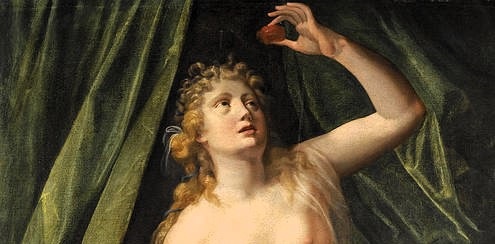"There is something truly astounding about the way a horse can be transformed from a calm and seemingly domesticated creature, one moment, into an explosion of power and wired emotion, the next. I find this unpredictability and expressiveness, fascinating and a great inspiration in my work.
Historical representations of the equine form are another major source of inspiration for me and am particularly interested in the symbolic, mythological and sacred place the horse has held, throughout history.
I enjoy experimenting with a variety of different media and techniques, always seeking to create new and interesting surface textures, with the feeling of almost excavating the subject from the work surface."
Ellie Burelli is the "nom be plume" for the artist otherwise known as Ellie Hesse. More on Ellie Burelli
Please visit my other blogs: Art Collector, Mythology, Marine Art, Portrait of a Lady, The Orientalist, Art of the Nude and The Canals of Venice, Middle East Artists, 365 Saints, 365 Days, and Biblical Icons, also visit my Boards on Pinterest
Images are copyright of their respective owners, assignees or others.
Some Images may be subject to copyright
I don't own any of these images - credit is always given when due unless
it is unknown to me. if I post your images without your permission, please tell
me.
I do not sell art, art prints, framed posters or reproductions. Ads are
shown only to compensate the hosting expenses.
If you enjoyed this post, please share with friends and family.
Thank you for visiting my blog and also for liking its posts and pages.
Please note that the content of this post primarily consists of articles
available from Wikipedia or other free sources online.








